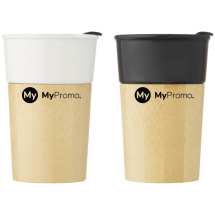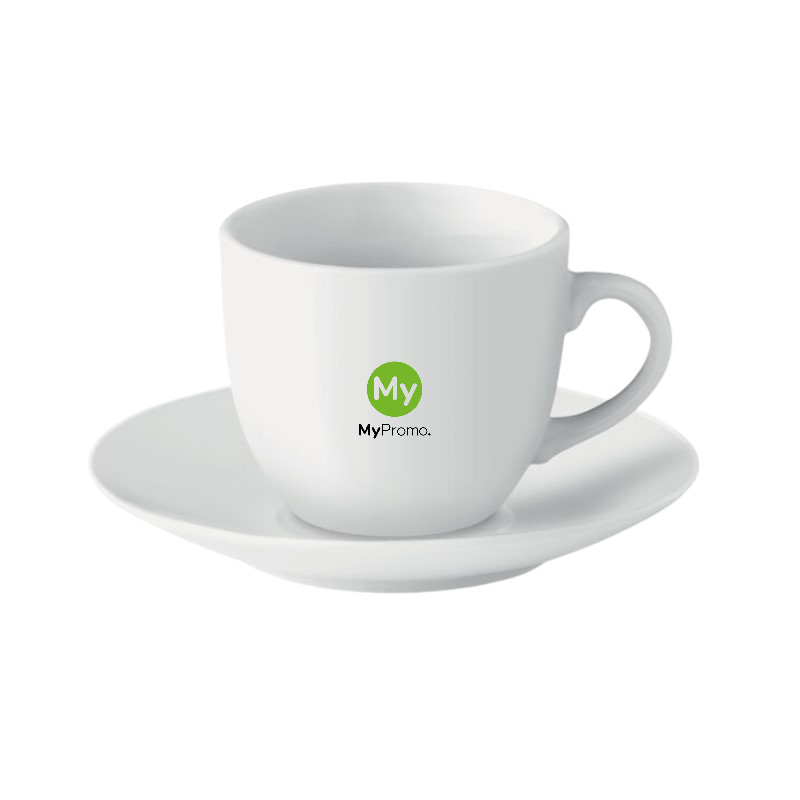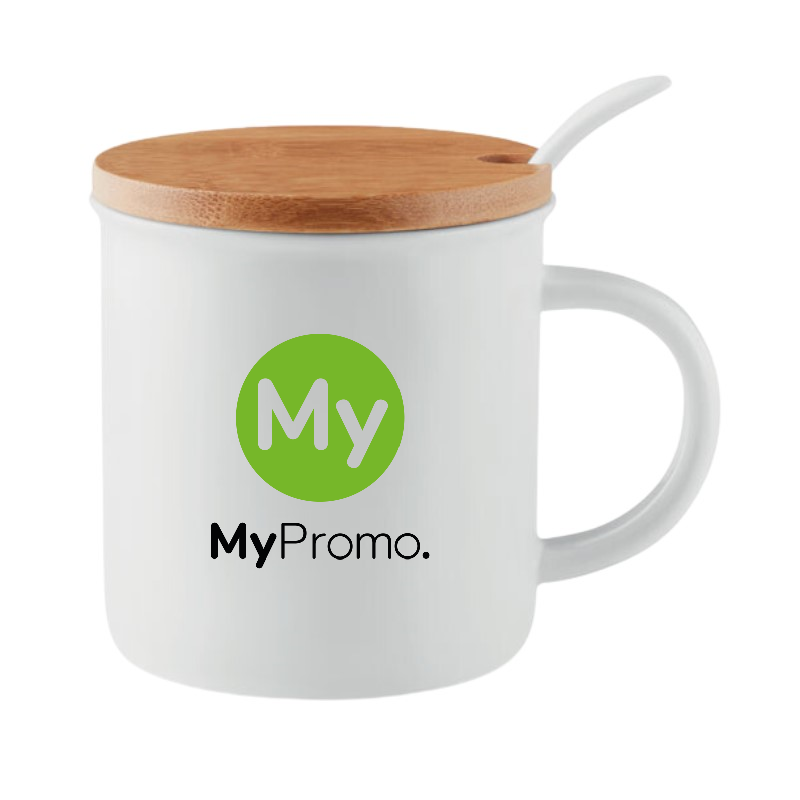Ceramic porcelain
What is Ceramic Porcelain?
Ceramic Porcelain is a vitrified pottery material celebrated for its exceptional durability, strength, and aesthetic elegance. It plays a crucial role in both manufacturing and the promotional gifts industry, serving as a sophisticated option for personalised items. Ceramic porcelain is defined as a refined type of ceramic distinguished by its white, translucent body and a glass-like finish.The history of ceramic porcelain dates back to China around the time of the Tang dynasty (618-907 AD), where it was first developed and valued as a material for the finest tableware and artistic objects. Over centuries, the techniques for making ceramic porcelain spread globally, establishing it as a key material in various cultures due to its beauty and practicality.
Creating ceramic porcelain involves a sequence of detailed steps. It begins with the preparation of the raw materials, including kaolin, feldspar, and quartz, which are finely ground and mixed to form a clay body. This mixture is then shaped into desired objects using techniques such as wheel throwing or mould casting. The shaped items are subjected to a high-temperature firing in a kiln, which vitrifies the porcelain, rendering it strong and translucent. Further firings may be conducted to add glazes or decorative elements.
Unique Properties and Characteristics
Ceramic porcelain is renowned for its impressive qualities such as durability and translucency. It is significantly harder than ordinary ceramics, making it resistant to chipping and scratching. Its ability to allow light to pass through gives it a distinctive, elegant look. Additionally, ceramic porcelain is notable for its thermal stability, which enables it to withstand high temperatures, ideal for products like cookware and laboratory equipment. The non-porous surface of ceramic porcelain is hygienic and easy to clean, which is essential for items like kitchenware and medical apparatus.
Applications and Advantages in Manufacturing
Ceramic porcelain is used widely across various domains. Commonly, it is used to make dishes, tiles, and even dental crowns. In the promotional products sector, the elegance and durability of ceramic porcelain make it a popular choice for luxury promotional gifts such as custom porcelain mugs, personalised plates, and figurines. These items not only exude sophistication but also offer durability, enhancing the perceived value of the promotional product.
The primary advantages of using ceramic porcelain in manufacturing include its aesthetic appeal, which imparts a luxurious feel to products, and its robustness, ensuring product longevity. These features make it especially attractive for companies seeking to invest in promotional items that create a lasting impact.
Comparison with Other Materials
Compared to other materials like glass, metal, or standard ceramics, ceramic porcelain excels due to its superior hardness and thermal resistance. Unlike plastics, ceramic porcelain is environmentally benign and free from harmful chemicals. Nonetheless, it is typically more costly and more fragile compared to metals and some plastics, which could present challenges in manufacturing and handling.
Challenges and Limitations
Despite the many benefits of ceramic porcelain, it does face some challenges. The material’s brittleness can lead to breakage if not handled with care. Moreover, the production process is energy-intensive and demands precise temperature control, which can elevate production costs.
In summary, ceramic porcelain remains a premium choice in both the consumer goods and promotional gifts markets. Its timeless aesthetic appeal, coupled with practical durability, ensures it stands out as a material, though it requires careful consideration regarding cost and handling in production and use.
How is ceramic porcelain different from regular ceramic?
The main differences between ceramic porcelain and regular ceramic lie in their composition and the firing temperature. Ceramic porcelain is made from finer materials and fired at a higher temperature, which makes it more durable, less porous, and often translucent compared to regular ceramic. This results in a material that is better suited for high-end applications and products.
What are the typical uses of ceramic porcelain?
Ceramic porcelain is widely used in a variety of applications due to its strength and aesthetic appeal. Common uses include tableware like plates and cups, bathroom fixtures such as sinks and toilets, and tiles for flooring and walls. It is also used in advanced applications like dental crowns and insulators in electrical engineering due to its insulative and durable properties.
Can ceramic porcelain be used in the microwave?
Yes, ceramic porcelain is generally microwave safe unless it has metallic accents or glazes. It is resistant to thermal shock, making it capable of withstanding high temperatures. However, it is always best to check the manufacturer’s recommendations for each specific product.
How do you care for ceramic porcelain items?
Ceramic porcelain items are relatively easy to care for due to their sturdy nature. For everyday cleaning, mild soap and water are sufficient. Avoid using abrasive cleaners or scouring pads, which can scratch the surface. For dishwasher-safe items, it is advisable to use gentle dishwashing cycles.
What makes ceramic porcelain a popular choice for promotional gifts?
Ceramic porcelain is popular for promotional gifts due to its high perceived value and durability. It lends a sense of luxury and longevity to items such as custom mugs, plates, and figurines, making it an excellent choice for companies looking to leave a lasting impression with their branding.





